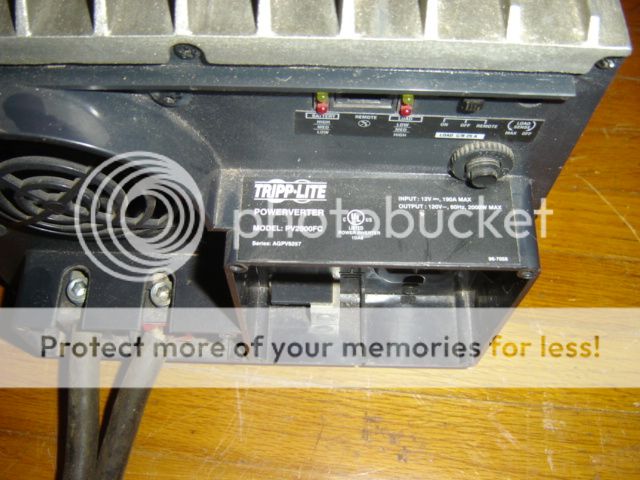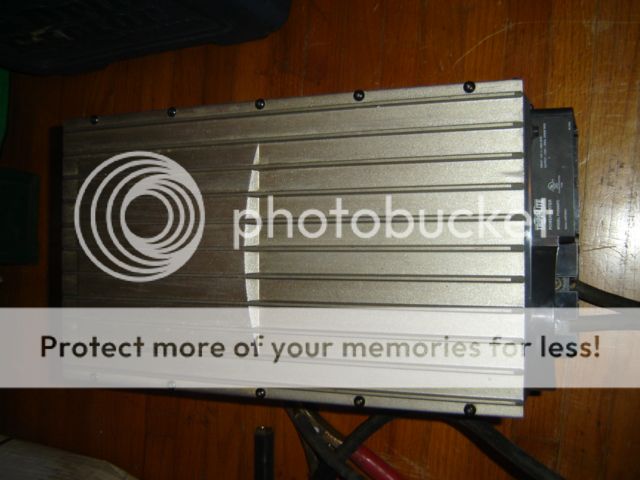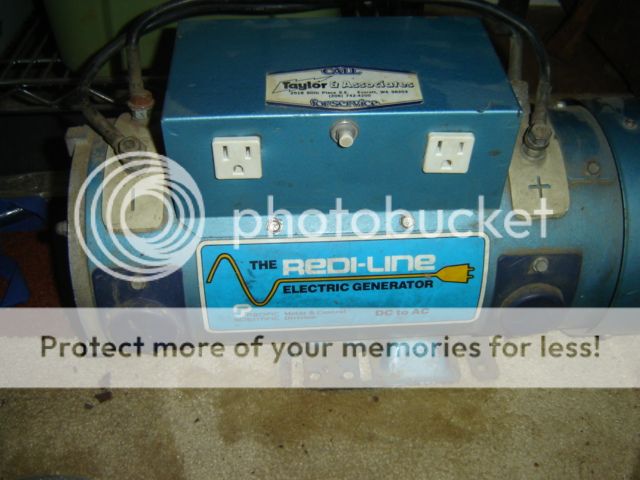One last worry..
Is it possible to have a pure sine inverter which cannot support an inductive load ?
When running , a pellet stove is surely just that ?
The possibility exist where the rating of the inverter can be exceeded by inductive loads such as motors. They will pull higher wattage on buld up to tourqe (surge load). To be safe use the wattage requirement of the appliance and double it. Use that value to size the inverter.



 !! That would buy 3 or 4 control boxes
!! That would buy 3 or 4 control boxes


